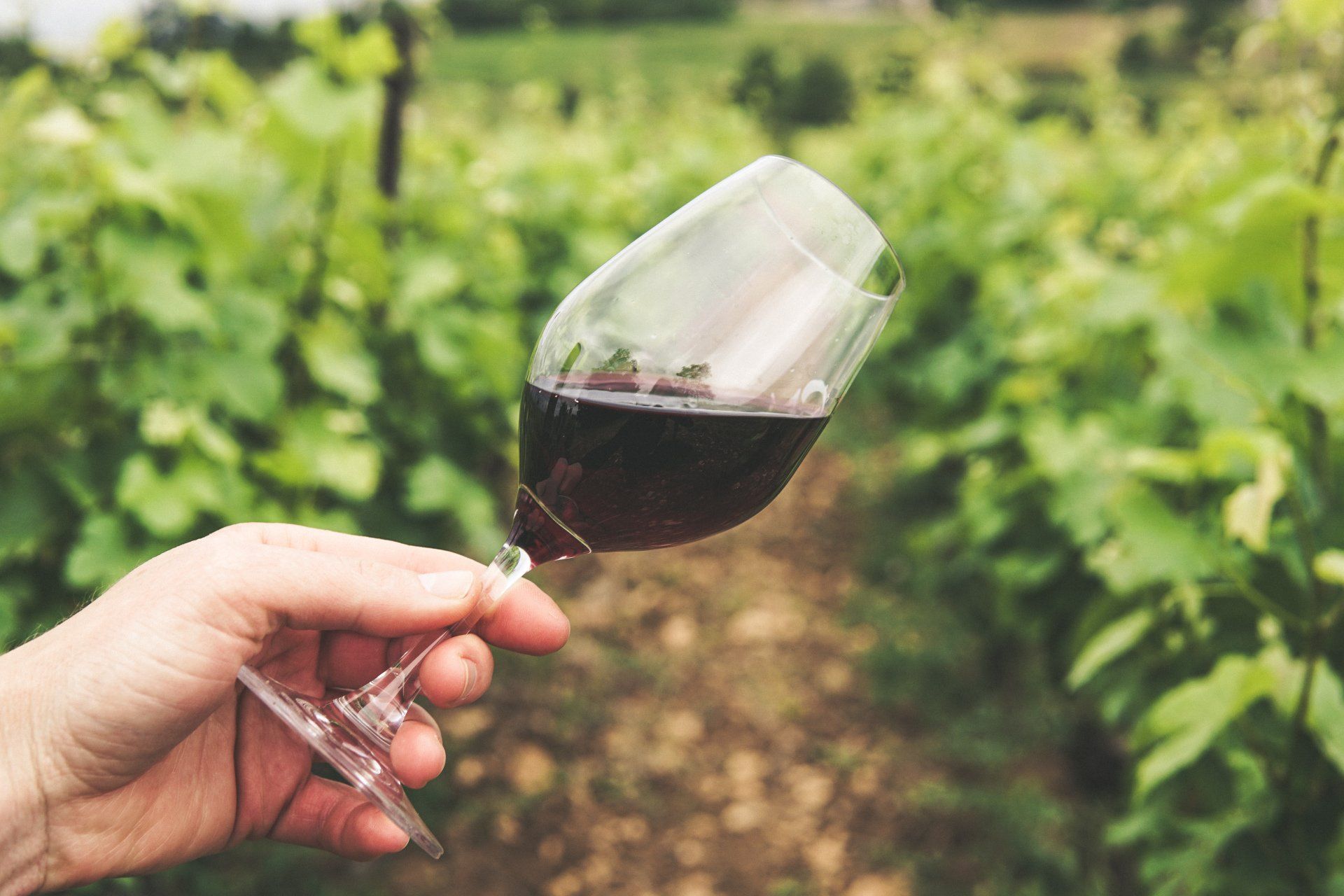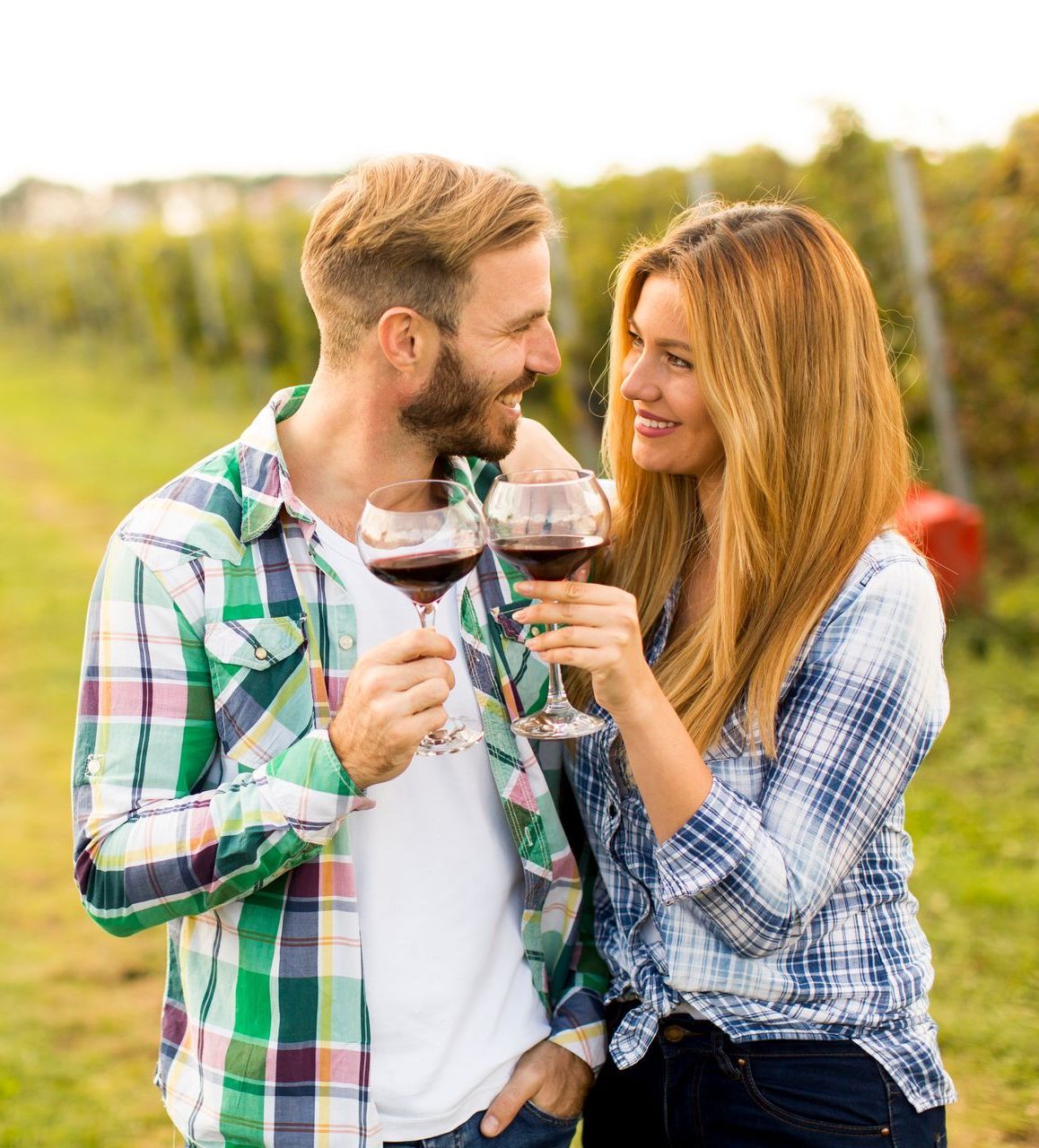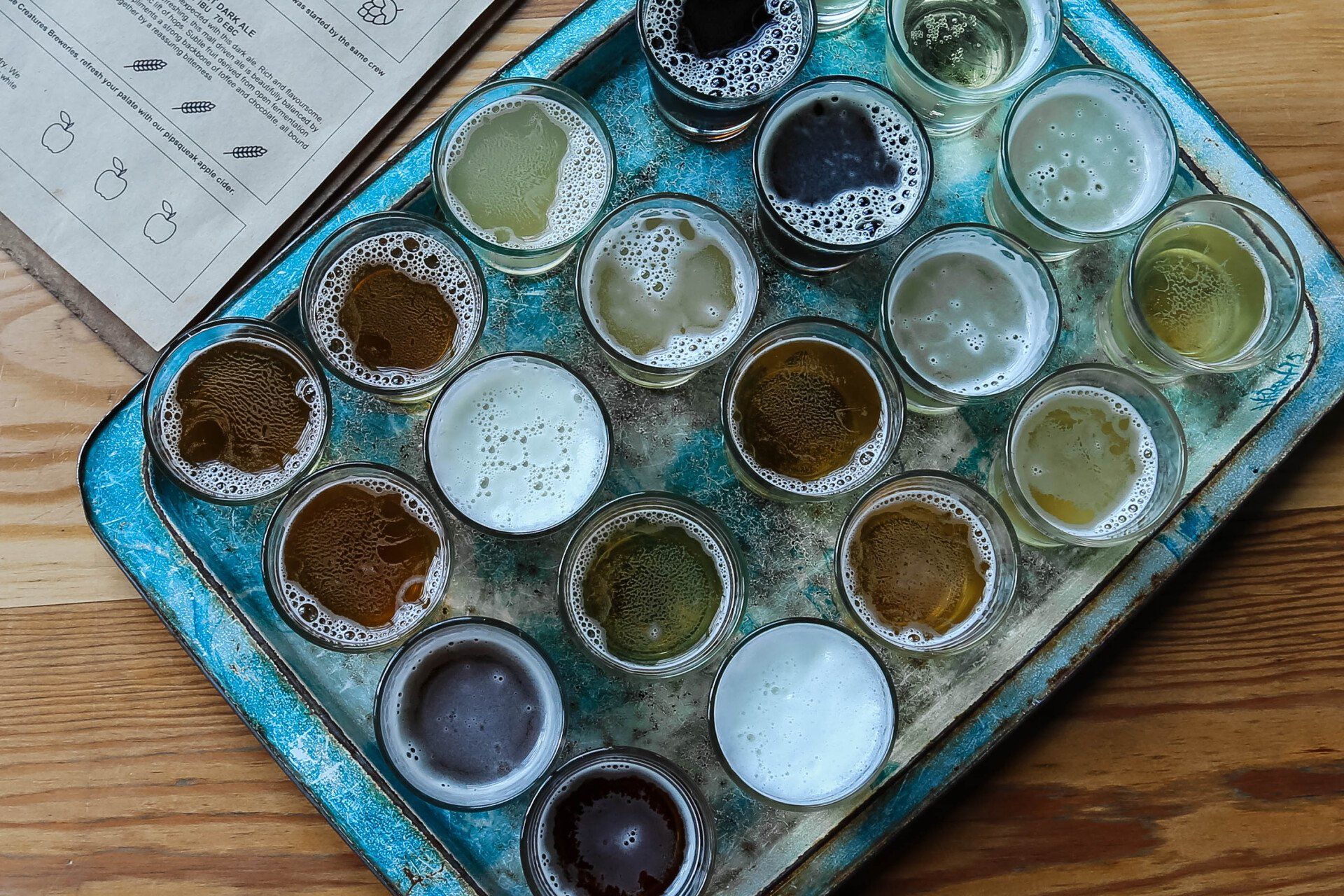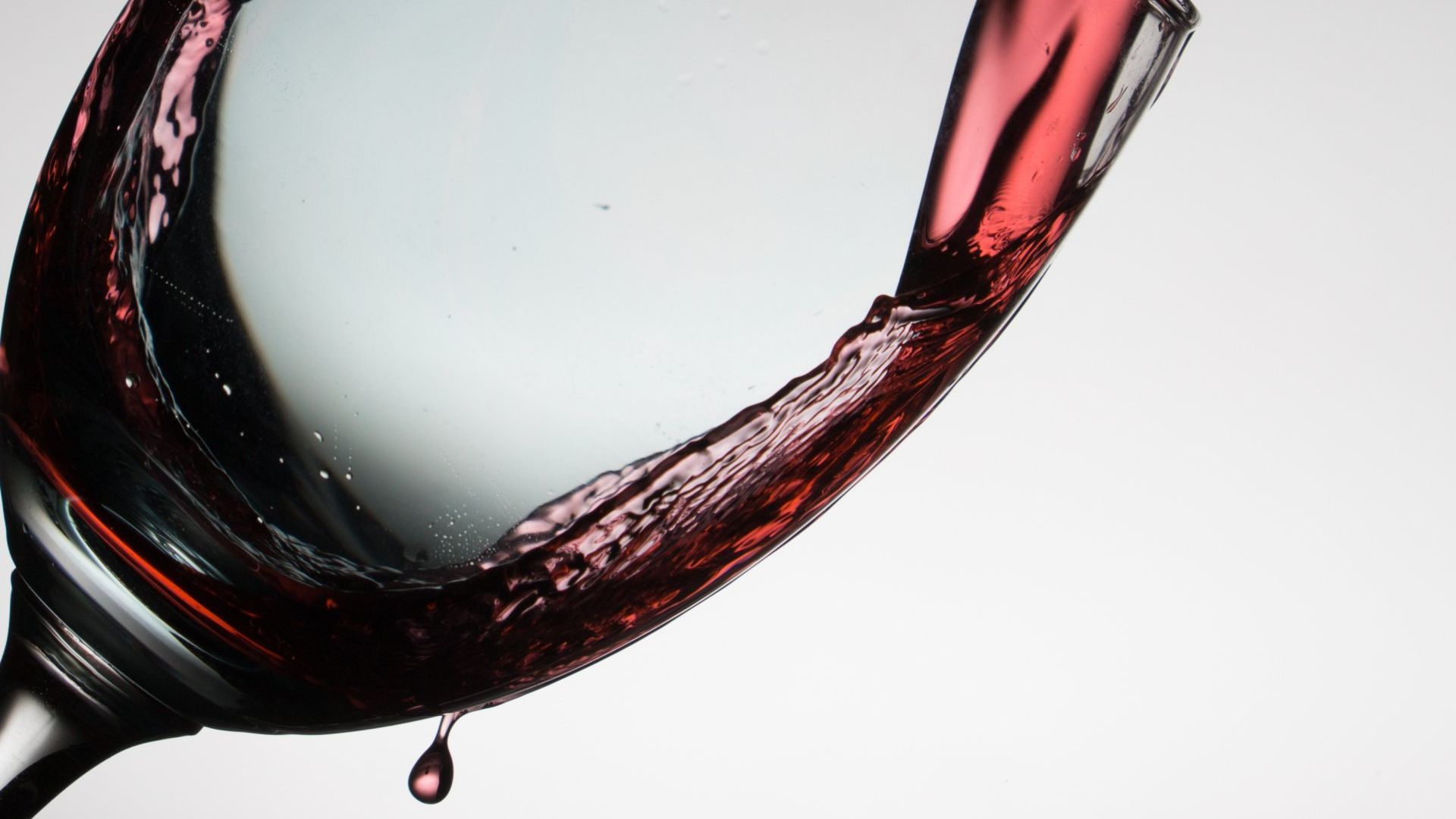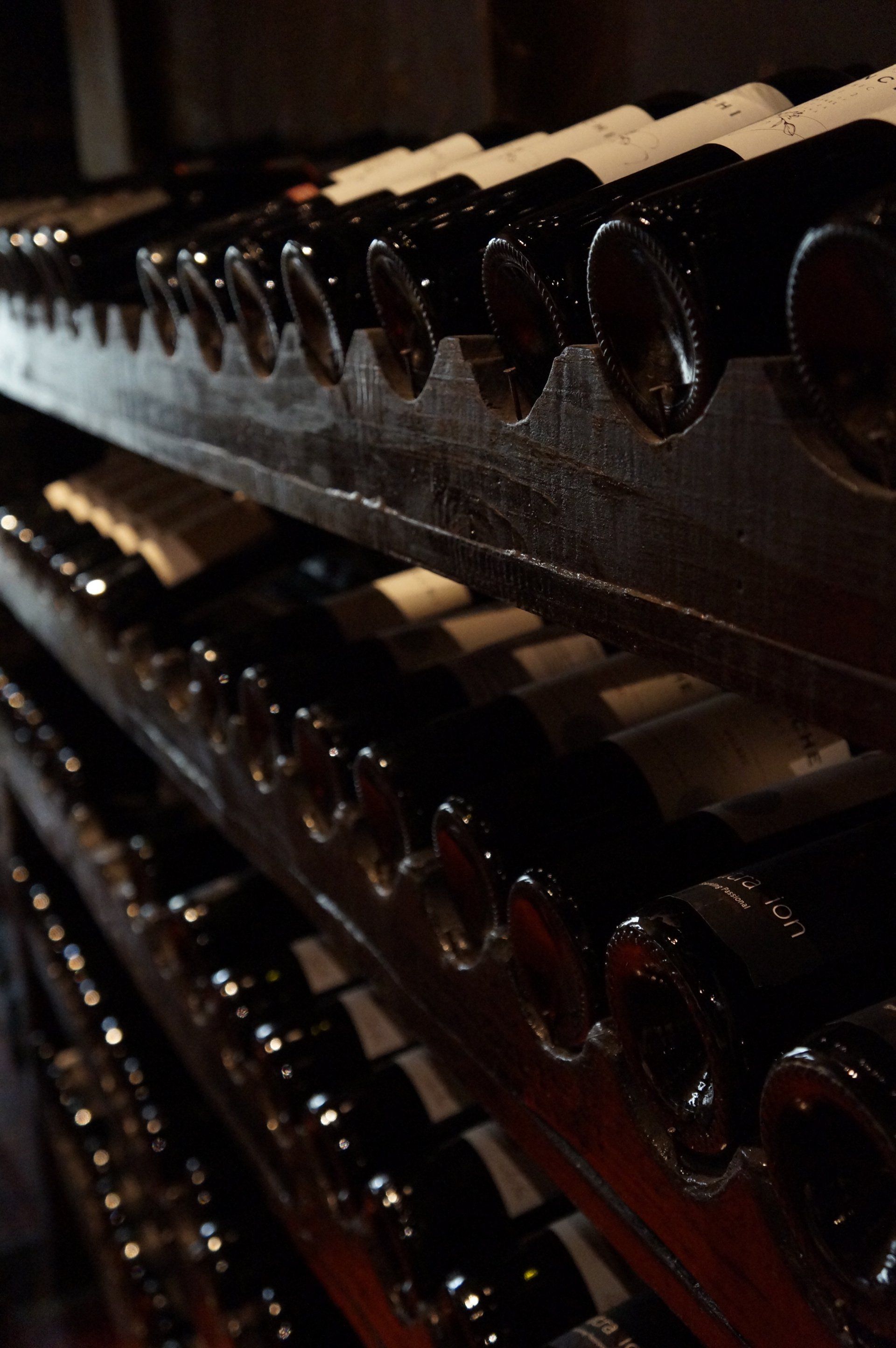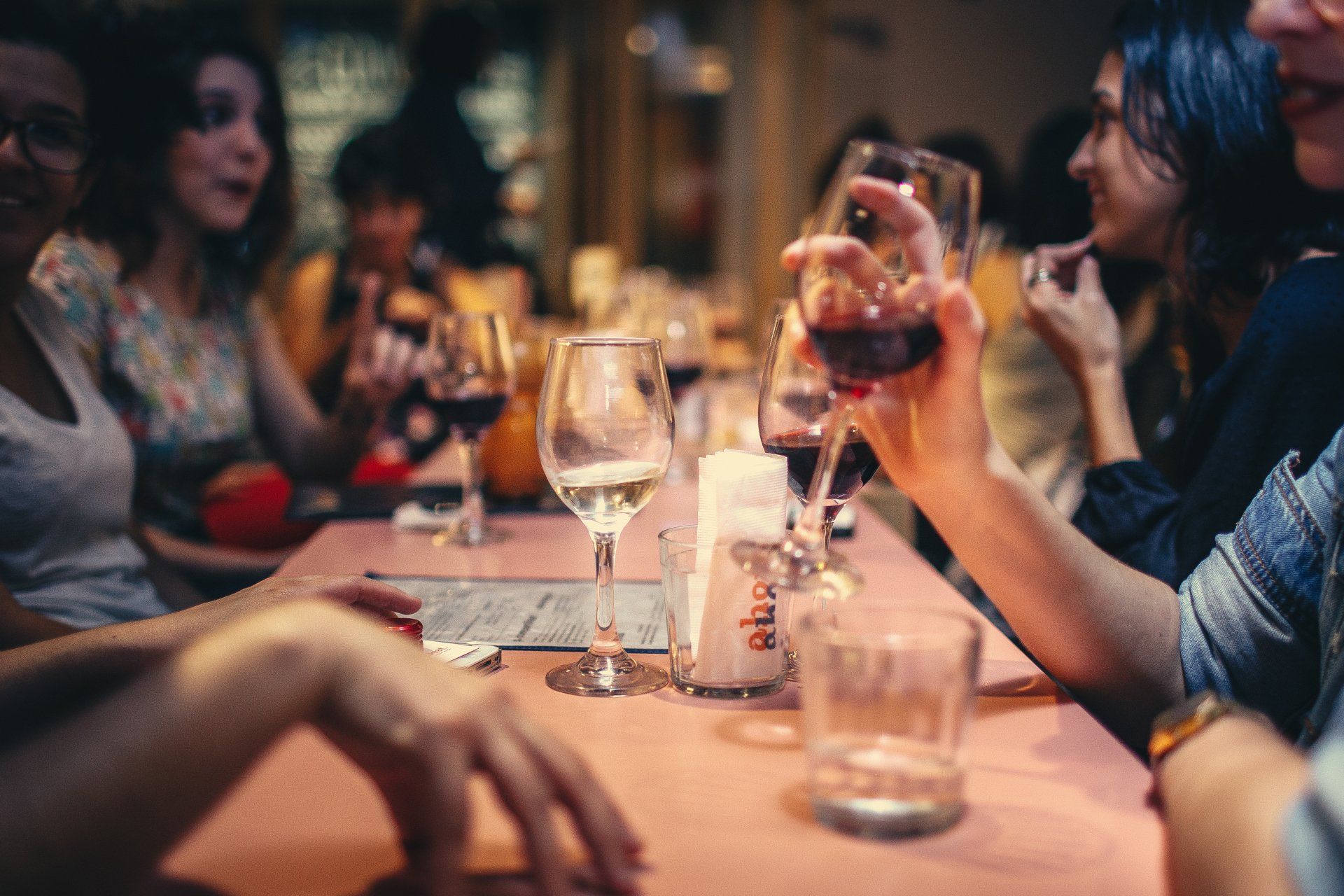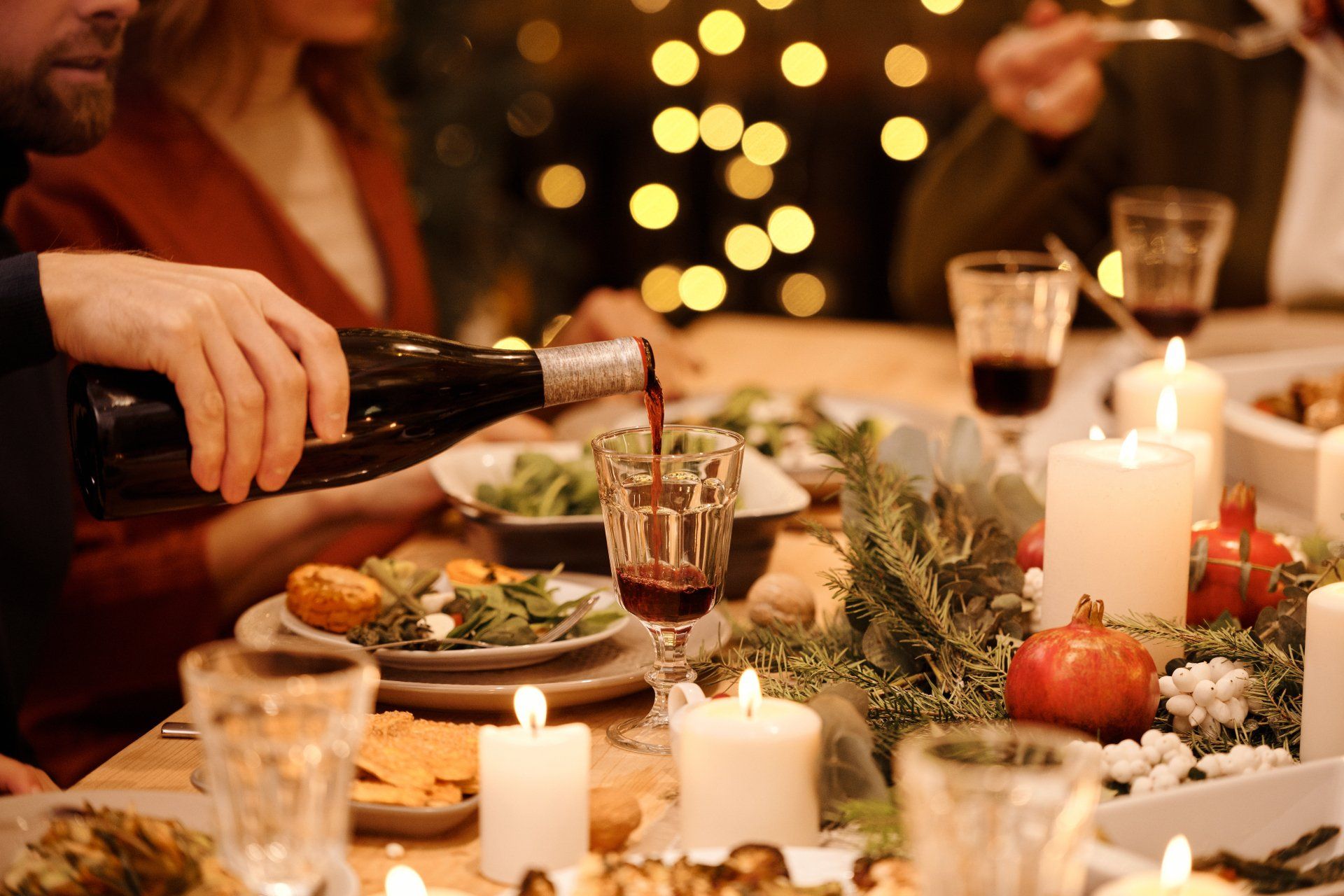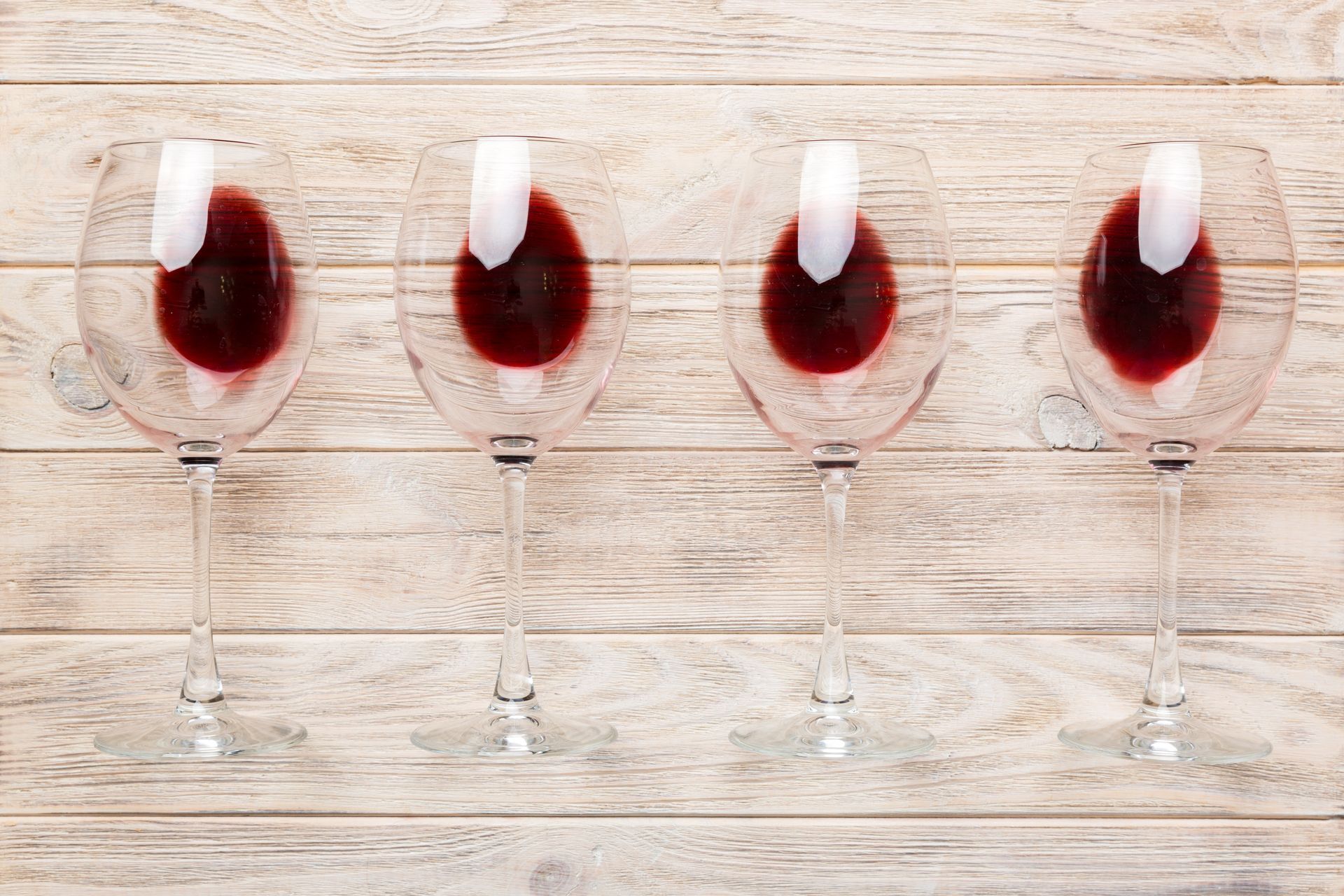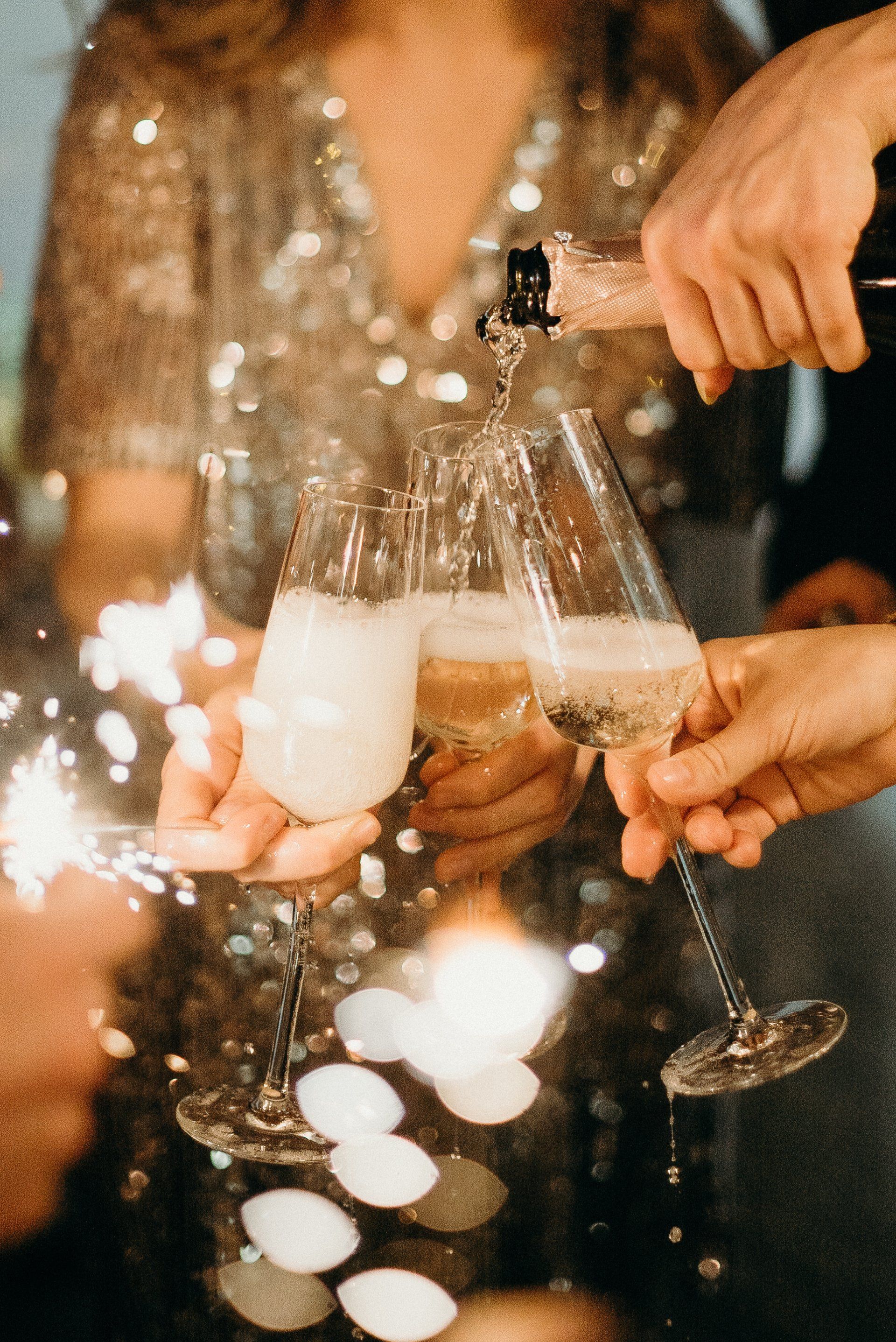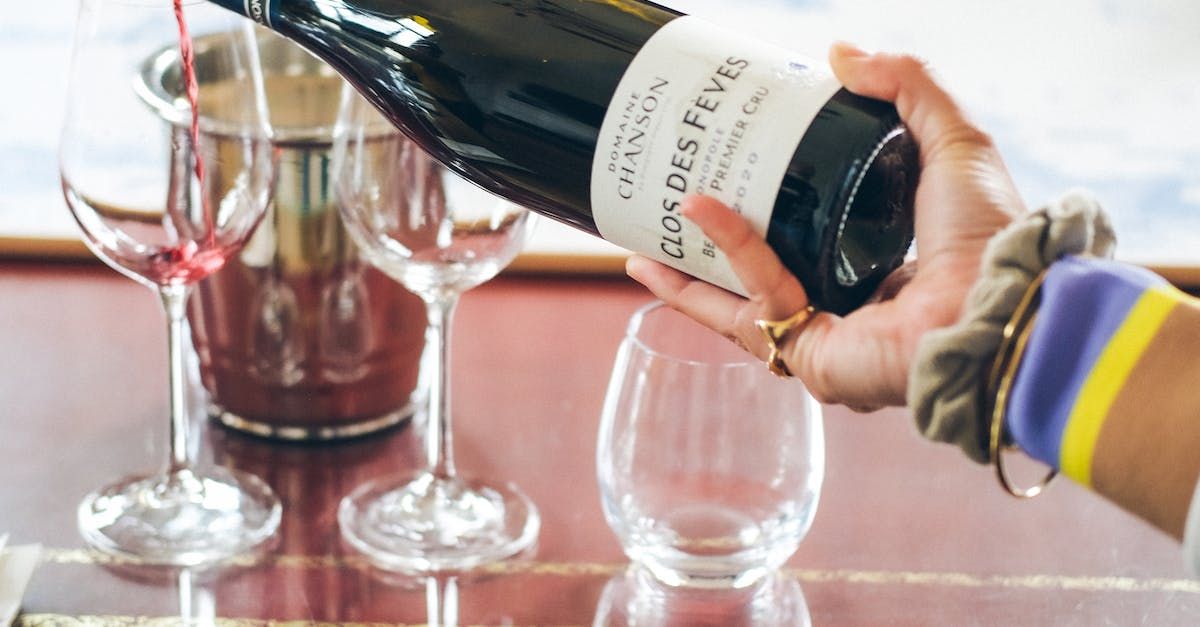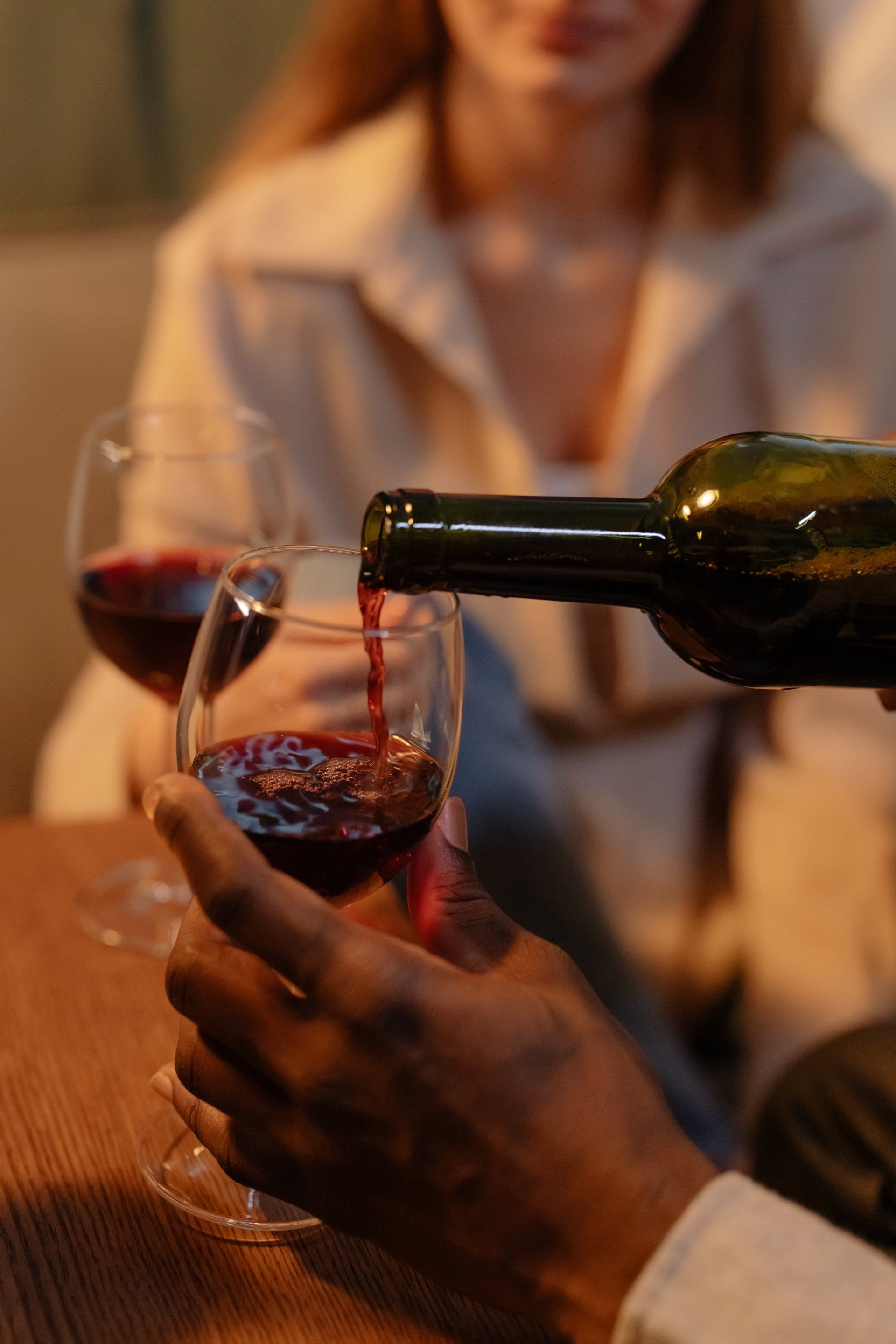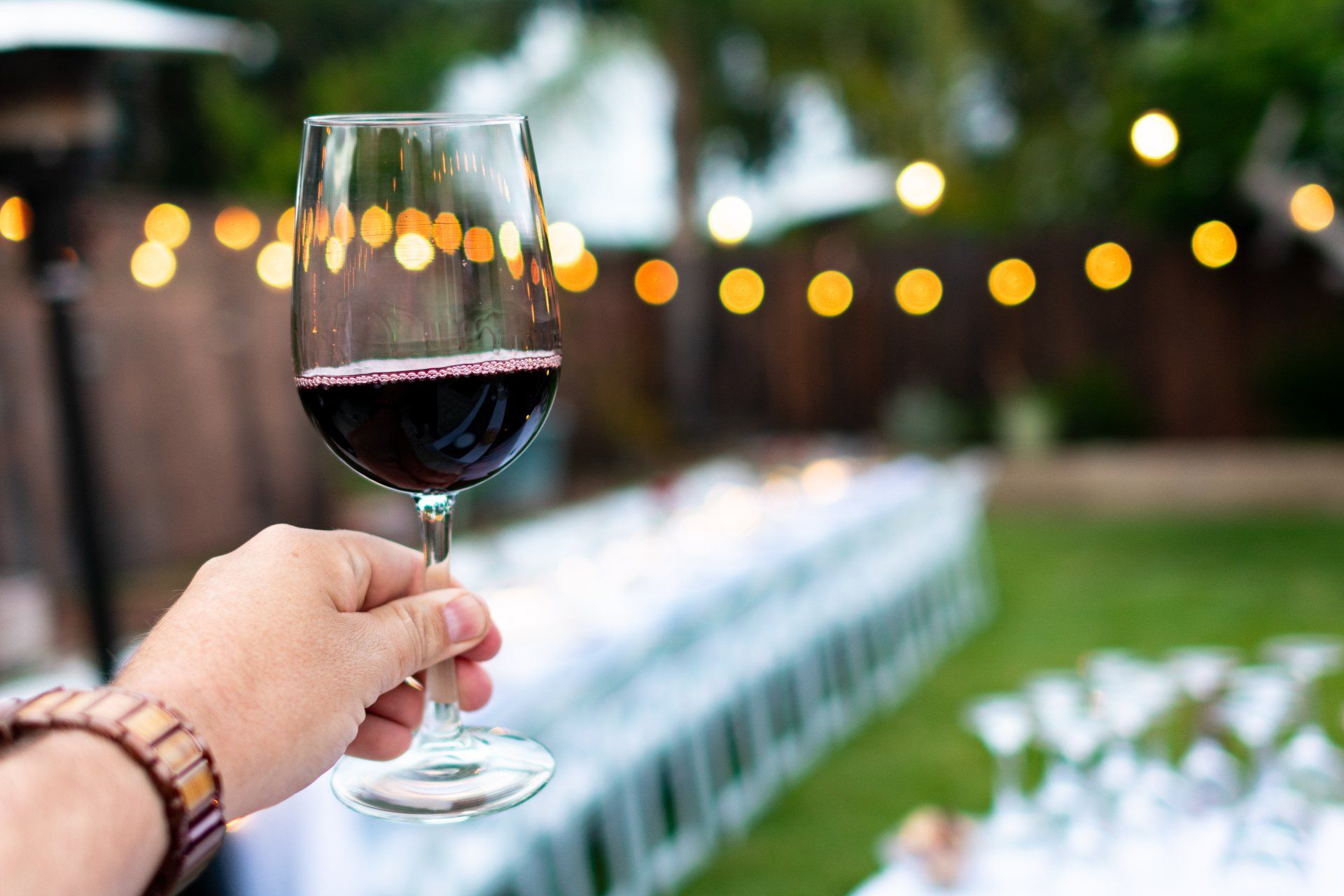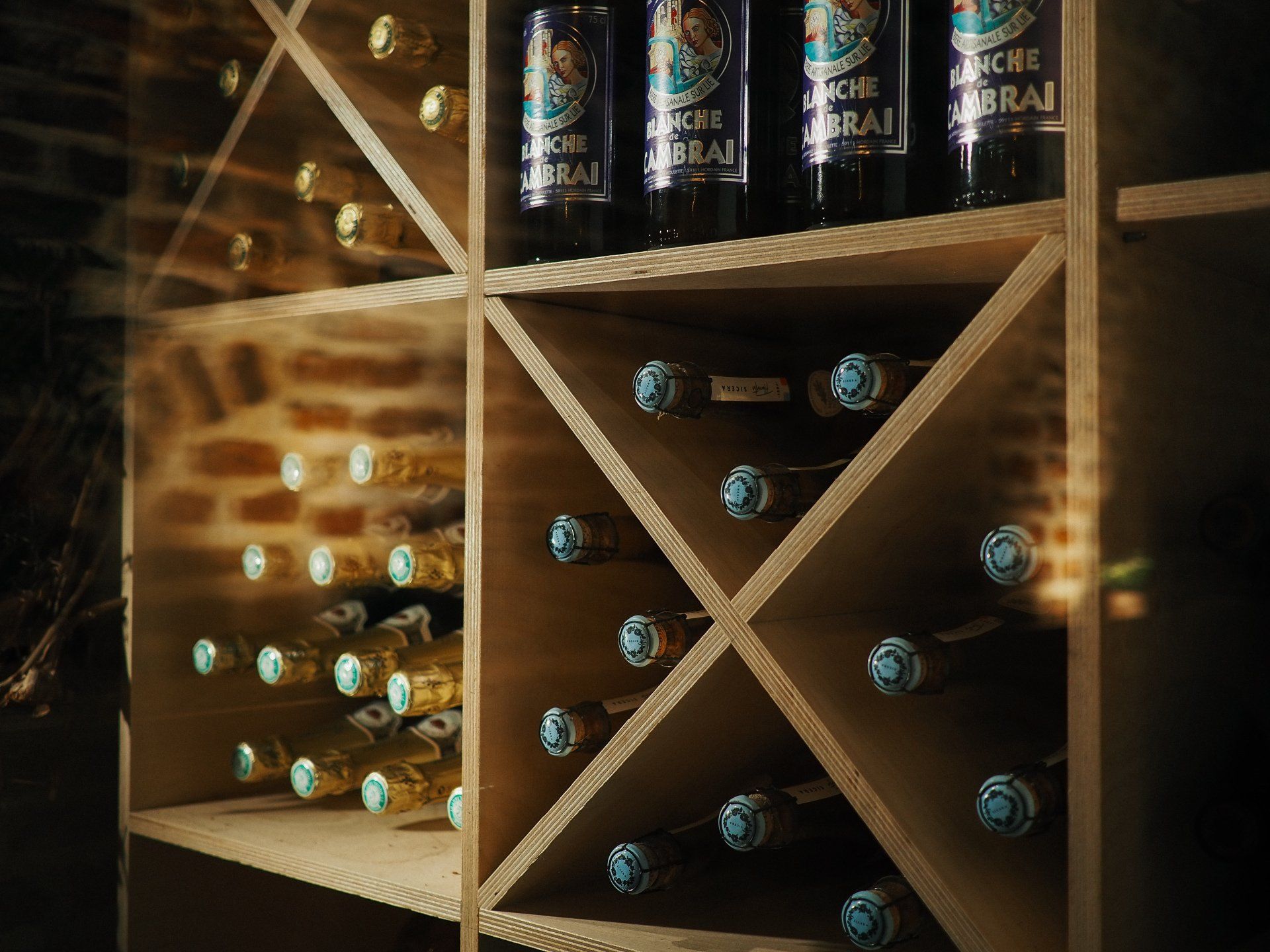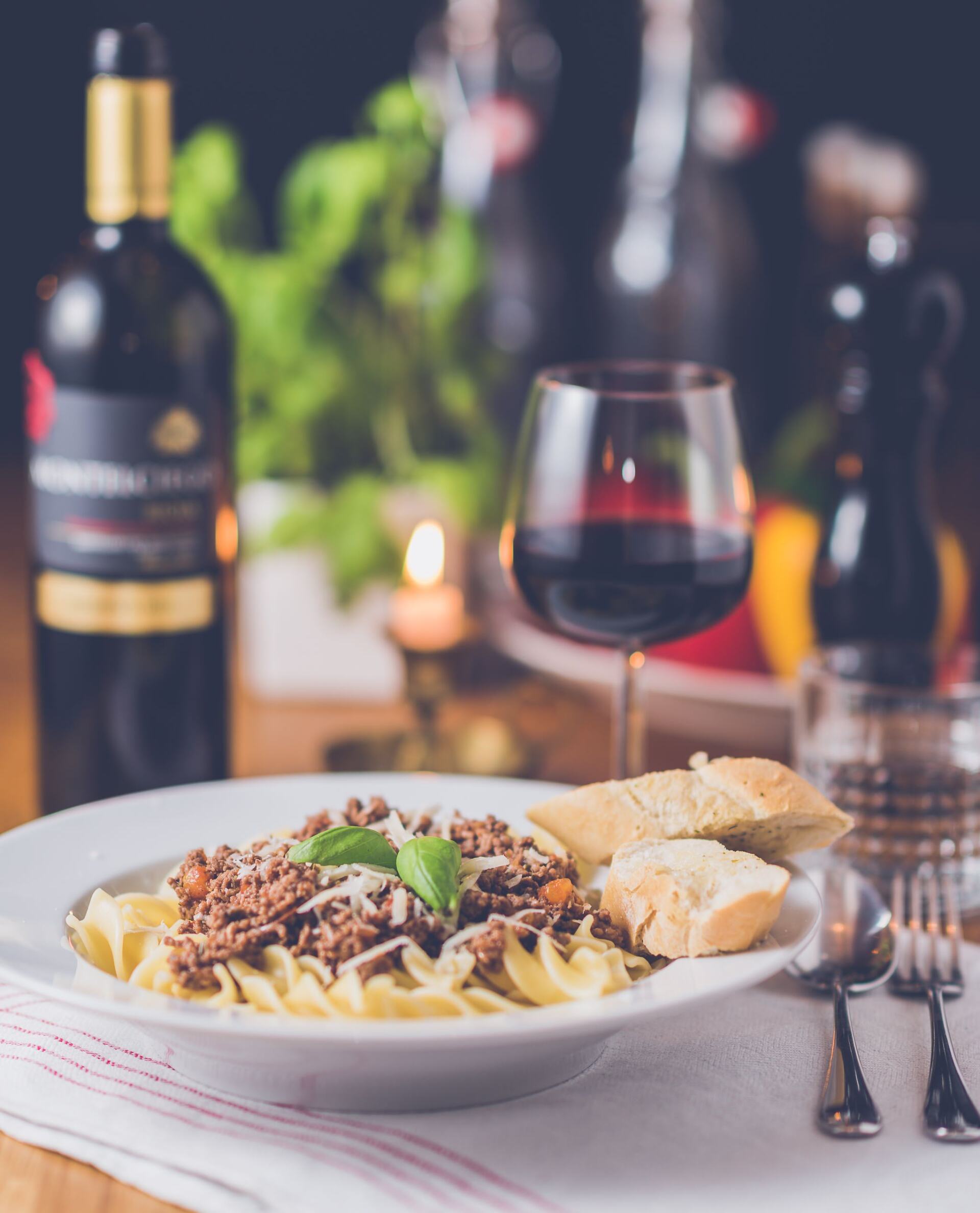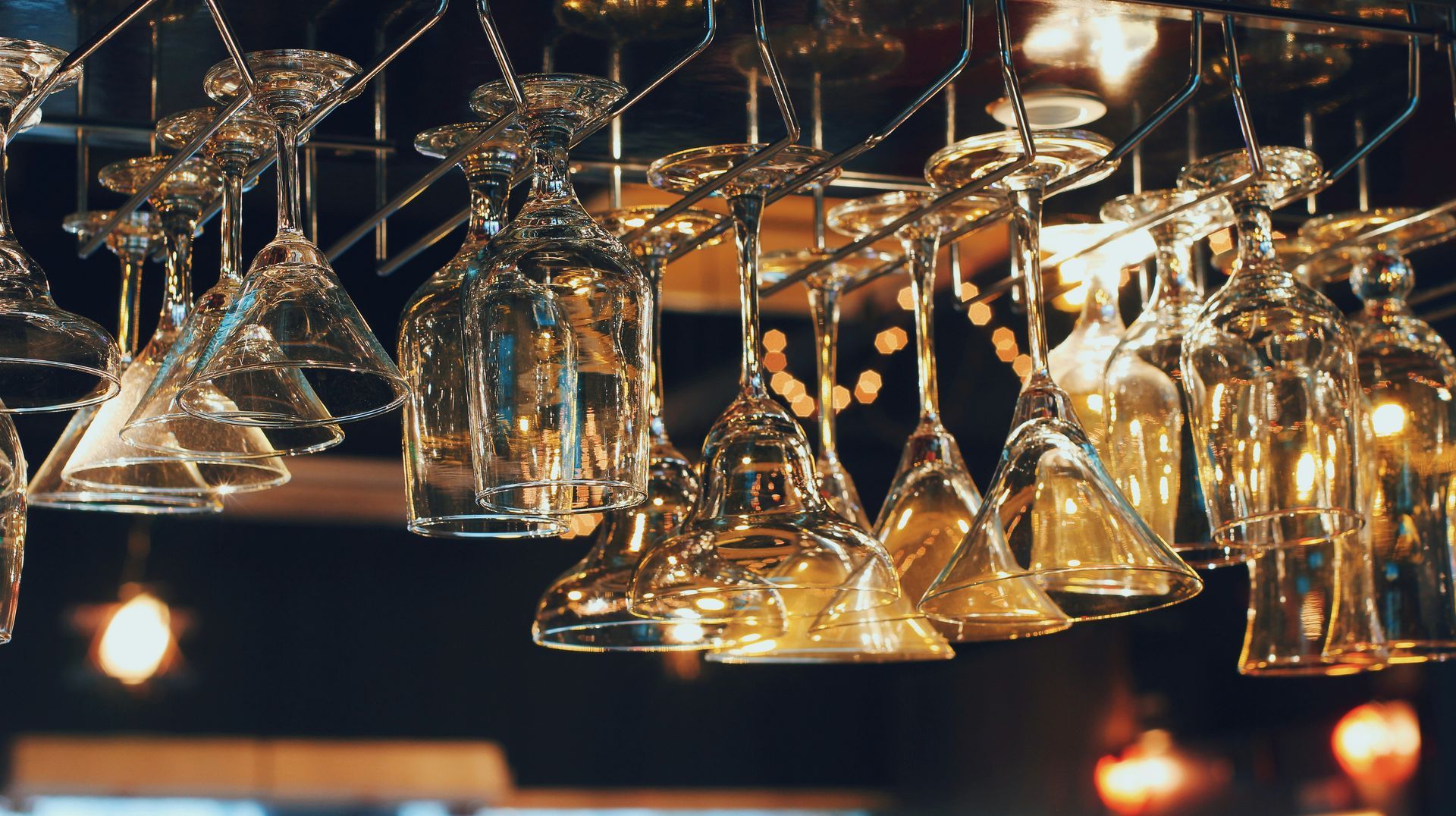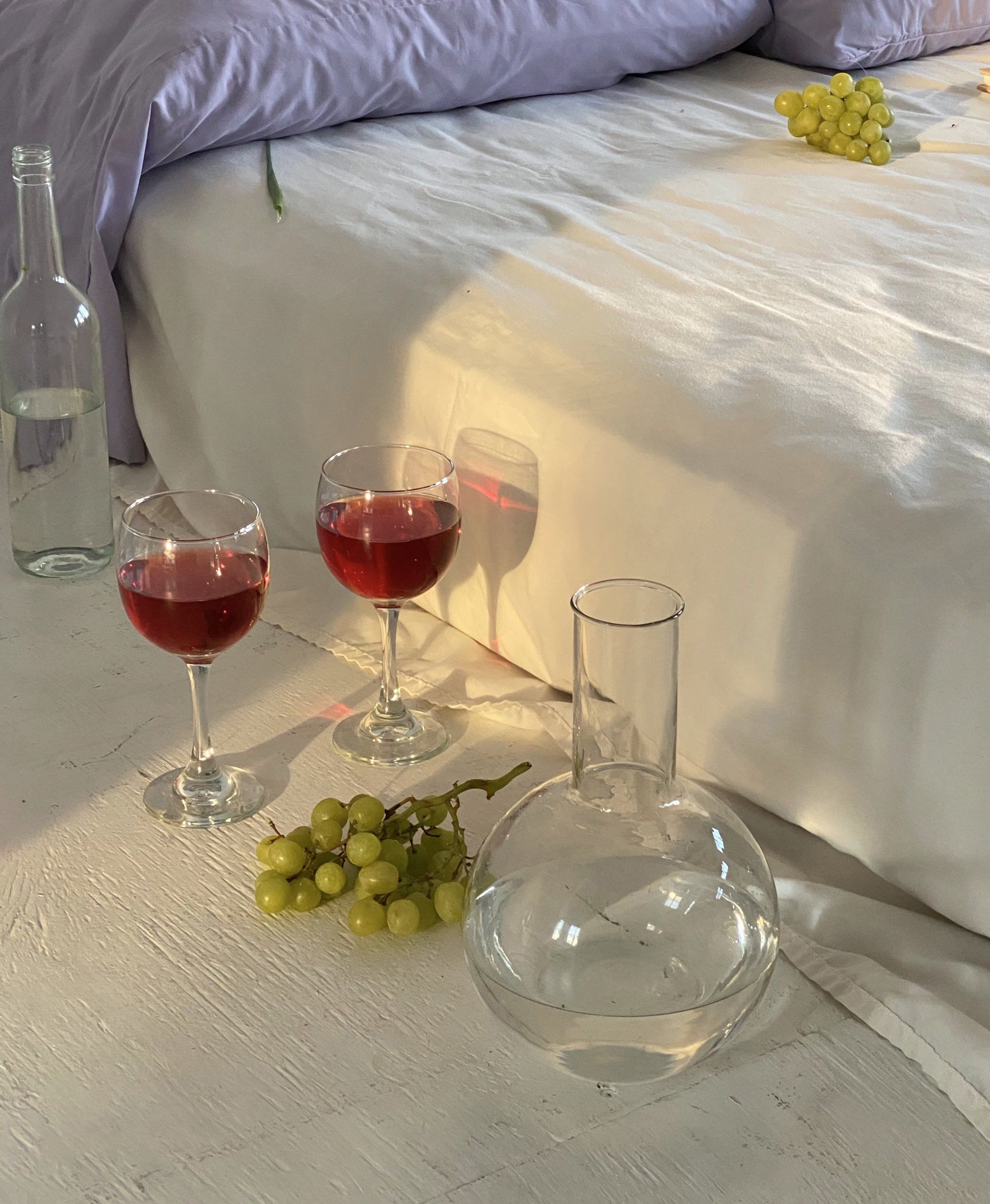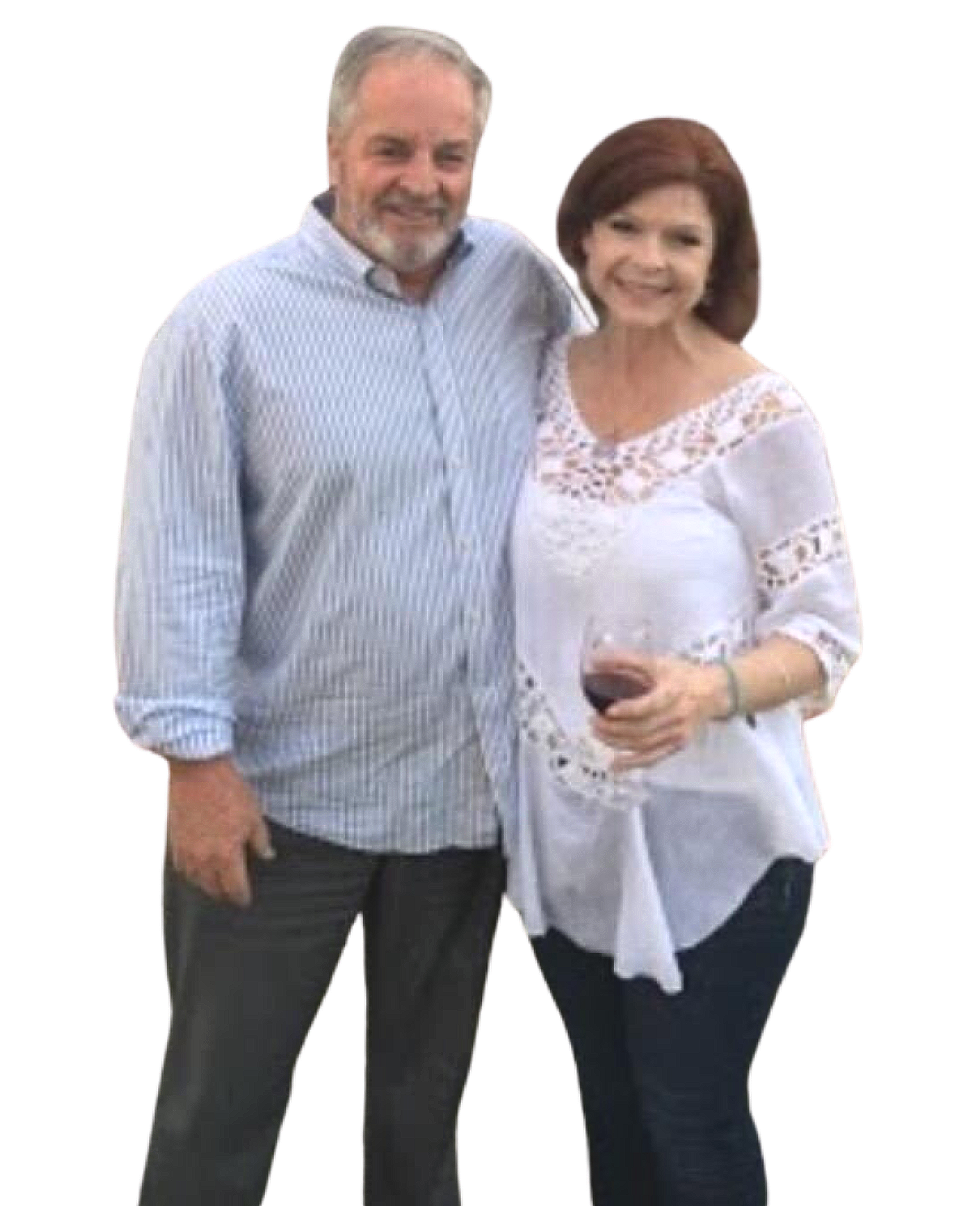Step into a world where swirling aromas and elegant flavors dance on your palate, where each sip transports you to vineyards bathed in golden sunlight. Imagine the satisfaction of hosting your very own wine tasting, where you can savor the complexity of different wines from the comfort of your own home. But how do you craft the perfect at-home wine tasting? How do you create an experience that will leave your guests longing for more? In this discussion, we will explore the art of curating a wine theme, gathering a selection of wines, setting up a tasting area, providing tasting notes and scorecards, and pairing wines with delicious bites. Get ready to uncork the secrets of a truly memorable wine tasting experience.
Choose a Wine Theme
To enhance your at-home wine tasting experience, begin by carefully selecting a captivating wine theme that will transport you and your guests to the vineyards of your choosing. Creating a wine theme adds an element of excitement and intrigue to your gathering, allowing you to explore different regions, grape varieties, or even unique pairings like wine and chocolate tasting.
When choosing a wine theme, consider the preferences of your guests and the occasion you are celebrating. You could focus on a specific region such as Napa Valley or Bordeaux, and showcase wines from that area. Alternatively, you could explore a particular grape variety like Cabernet Sauvignon or Pinot Noir, tasting wines from different producers and vintages.
Another exciting option is to host a wine and chocolate tasting, where you pair different types of chocolate with complementary wines. This delightful combination will tantalize your taste buds, as the flavors of the wine and chocolate interact and enhance each other.
To truly transport your guests to the vineyards, consider creating an ambiance that reflects your chosen theme. Set the table with elegant glassware, decanters, and wine accessories. Play soft instrumental music in the background, reminiscent of the region you are exploring.
Gather a Selection of Wines
Set up a Tasting Area
Create an inviting and well-organized space dedicated to your at-home wine tasting experience, where guests can fully immerse themselves in the sensory journey of wine appreciation. A thoughtfully designed tasting area sets the stage for an unforgettable experience, ensuring that every detail is attended to and enhancing the pleasure of exploring different wines.
Start by selecting a location that provides ample space for your guests to move around comfortably. Consider using a long table adorned with a crisp, white tablecloth as the centerpiece of your tasting area. Arrange wine glasses in a neat row, each one sparkling and ready to be filled. Place tasting mats or coasters in front of each glass, allowing your guests to take notes and keep track of their favorites.
To create an enticing atmosphere, add soft lighting with candles or dimmed lamps. This will create a warm and intimate ambiance that encourages conversation and relaxation. Additionally, playing soft background music can enhance the overall sensory experience, helping to create an immersive environment that complements the wine tasting.
Lastly, don't forget to provide water and palate cleansers, such as plain crackers or bread, to refresh the taste buds between wines. These simple additions will ensure that your guests can fully appreciate each wine's unique qualities without any lingering flavors from previous tastings.
Provide Tasting Notes and Scorecards
As your guests immerse themselves in the sensory journey of wine appreciation in your thoughtfully designed tasting area, it is essential to provide tasting notes and scorecards to enhance their understanding and enjoyment of each wine. These tools serve as valuable references, allowing your guests to engage more deeply with the wines and make informed observations. Here are three ways in which tasting notes and scorecards can elevate the wine tasting experience:
1. **Detailed Tasting Notes**: By providing comprehensive tasting notes for each wine, you offer your guests a roadmap to understanding the wine's unique characteristics. Include information on the wine's appearance, aroma, flavor profile, and finish. Encourage your guests to take their time and savor each sip, referring to the tasting notes as they explore the nuances of the wine.
2. **Scorecards**: Scorecards provide a structured framework for evaluating and comparing different wines. Introduce a scoring system, such as a scale of 1 to 10, for your guests to rate each wine's appearance, aroma, taste, and overall impression. This allows them to objectively assess and compare their preferences, fostering thoughtful conversations and a deeper appreciation for the various qualities of each wine.
3. **Personal Notes**: Encourage your guests to jot down their own personal impressions and observations alongside the provided tasting notes. This allows them to capture their unique experiences and preferences, fostering a sense of discovery and individuality. These personal notes can also serve as cherished mementos, reminding your guests of the delightful moments shared during the wine tasting.
Pair Wines With Delicious Bites
Enhance the flavors and elevate the overall experience of your wine tasting by expertly pairing each wine with delicious bites. The right combination of food and wine can create a harmonious symphony of flavors on your palate, enhancing the nuances and complexities of both. As a host who desires to serve others, it is important to carefully select the perfect pairings that will complement and elevate the wines you have chosen.
When it comes to pairing wines with delicious bites, there are a few key principles to keep in mind. First and foremost, consider the intensity of the wine and the dish. A light-bodied, delicate wine may be overwhelmed by rich, bold flavors, while a full-bodied, robust wine can stand up to heartier dishes. Secondly, take into account the flavors and aromas of the wine. Look for complementary or contrasting flavors in the food that will enhance the wine's characteristics. For example, a crisp, citrusy Sauvignon Blanc may pair beautifully with a fresh seafood ceviche, as the acidity in the wine will cut through the richness of the dish.
In addition to considering the characteristics of the wine, it is also important to think about the textures and temperatures of the food. A creamy, velvety Chardonnay can be beautifully complemented by a buttery, flaky pastry, while a bold, tannic Cabernet Sauvignon can be balanced by a juicy, grilled steak.
Frequently Asked Questions
